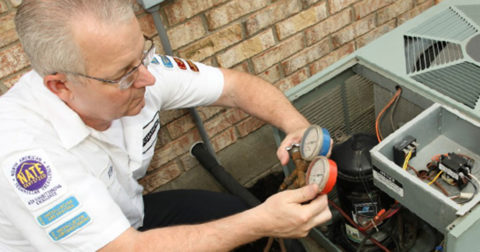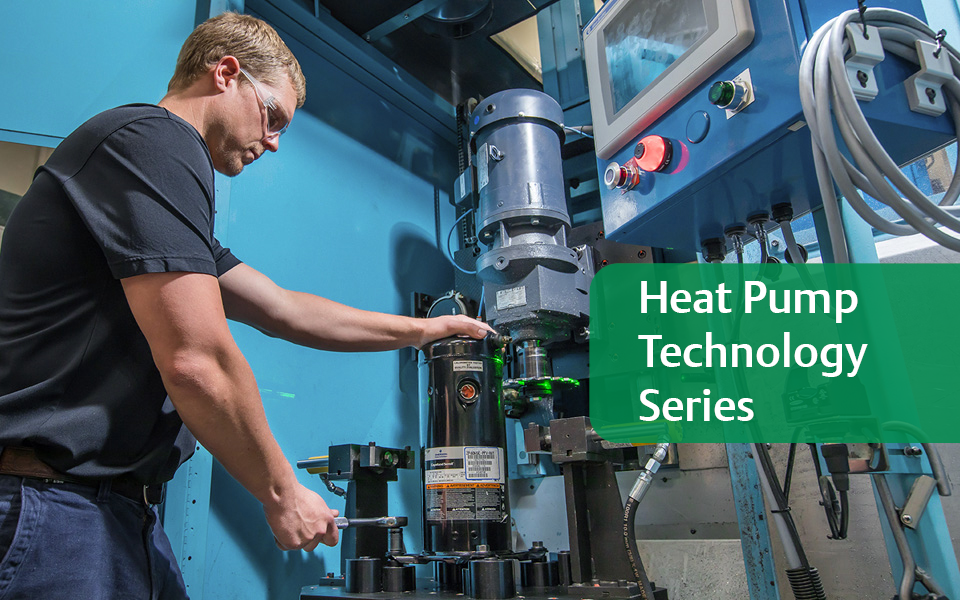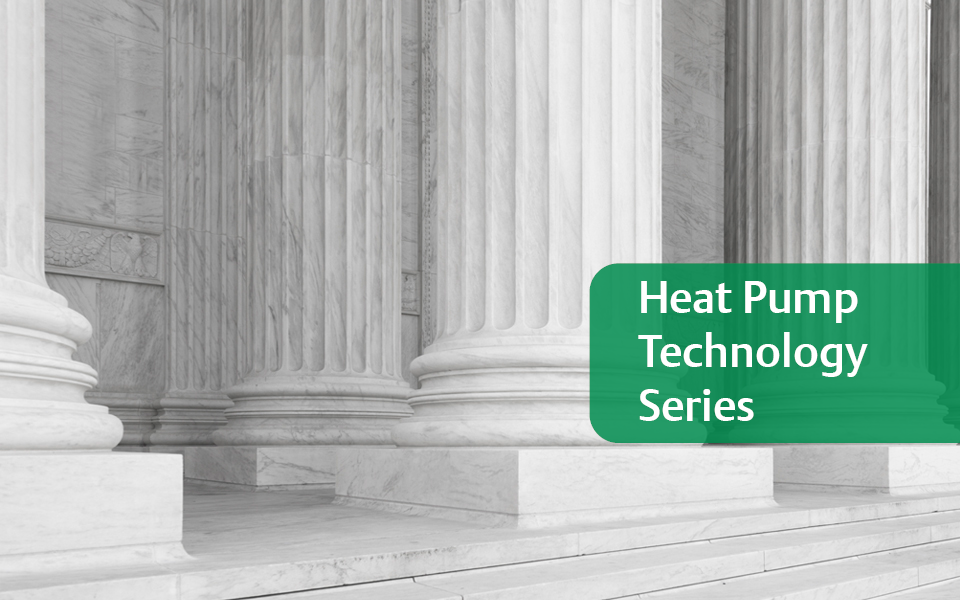New refrigerants, new codes, and new standards

*On June 1, 2023 Emerson’s Climate Technologies business became a new standalone company – Copeland. Though our name has changed, we are building on more than a century of HVACR innovation and industry leadership, and Copeland continues to offer the same products, industry stewardship, and learning opportunities you’ve grown to trust. Information found on this webpage posted before June 1, 2023 may contain our old name or branding, but you can be at ease knowing it was created with the knowledge and expertise of Copeland.
As policies and regulations change, a transition is being made toward low global warming refrigerants and new codes. Here we will discuss ASHRAE 34 and 15, as well as the adoption of new codes and standards and how they can vary from state to state.

How the New Refrigerant Transition is Different
In the past with transitions between R-22 and R-410A, there were some big changes that focused on factors such as pressure differences. These refrigerants, however, are considered global warming and also flammable due to atmospheric instability.
Product standards and application standards did accommodate flammable refrigerants for a very limited application with charges that were not that large. Now, local boarding refrigerants have much larger charges, calling for safety precautions to be installed into existing product standards. This was a heavy task that is still not fully completed, leaving the general knowledge that common refrigerants are classified as flammable.
The new refrigerants being introduced are classified as mildly flammable, or A2L. The systems designed to use A2L refrigerants require additional mitigations to be built in to handle flammability and to allow a safe installation.
ASHRAE 34
ASHRAE 34 can be defined as a flammability, toxicity, and designation nomenclature, and the standard is composed of three groups of industry experts. These experts examine applications that typically come in from larger corporations, such as refrigerant manufacturers. When the corporations invent a new refrigerant, they submit an application. Each one of the three subcommittees within Standard 34 examines the application, which includes all toxicity, flammability properties, and physical properties of the refrigerant.
After the application is reviewed, the full committee of Standard 34 votes on it. It then goes out for a public review process, and those with a vested interest have the opportunity to comment or respond to the application. This process involves checks and balances that ensure consistency and integrity, regardless of who submits the application.
To access the ASHRAE public review webpage to explore the most recent proposed revisions to ASHRAE standards and submit comments, visit https://osr.ashrae.org/default.aspx.
Evaluation of New Flammable Refrigerants
Historically, flammables have been allowed in certain instances or certain pieces of equipment. Now they are being extended to direct systems installed in residential locations.
Up until now, the refrigerants were rated for flammability on a scale of 1-3, with 1 being non-flammable. Many of the new A2L refrigerants are more flammable than a 2 but less flammable than a 3, requiring new safety mitigations and accommodations so that standards can handle A2L refrigerants.
With larger charges being brought into play, safety and appropriate precautions are of high importance. Standards incorporate safety measures so that if a leak were to occur in a residence, sensors will detect the leak and a fire will not occur. The sensors also trigger airflow mitigation, which immediately dilutes air in the room with refrigerants so that it is brought below the level of flammability.
Adoption of the New Codes
This process is not something that was rushed through but has been going on for seven years. Numerous bodies funded a great deal of research that was done over those seven years to support code changes. The recommended mitigations were tested repeatedly from different angles to ensure effectiveness and product safety. These standard modifications impact the way equipment is designed, and their installation relies on building codes and the adoption of safety standards at a local or state level.
Not every state adopts new codes on the same code cycle, leaving the process fragmented across the U.S. Paying attention to where your state is at in the adoption cycle is critical, especially if you are doing business in more than one state. What is true for building codes in one location may not be the same in a neighboring state, and the breakdown may even be as local as different towns and counties.

Exploring New Opportunities for CO2 at ATMOsphere America
by Andre Patenaude | Efficiency & Refrigerant Regulations, Heating & Air Conditioning, Refrigerants
*On June 1, 2023 Emerson’s Climate Technologies business became a new standalone company –...

Overcoming the Technological Barriers to Wider Heat Pump Adoption
by Brandy Powell | Heating & Air Conditioning
*On June 1, 2023 Emerson’s Climate Technologies business became a new standalone company –...

How U.S. Climate Legislation Is Driving Adoption of Sustainable Heat Pump Solutions
by Jennifer Butsch | Heating & Air Conditioning
*On June 1, 2023 Emerson’s Climate Technologies business became a new standalone company –...
The post New Refrigerants, New Codes, and New Standards appeared first on Copeland.